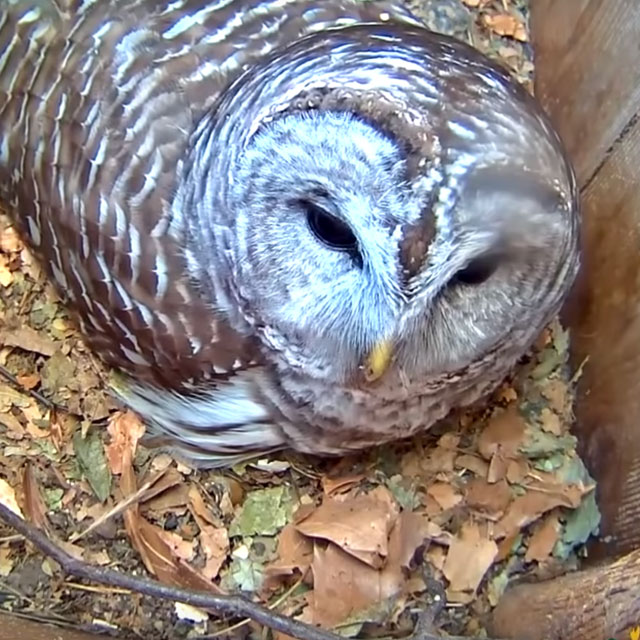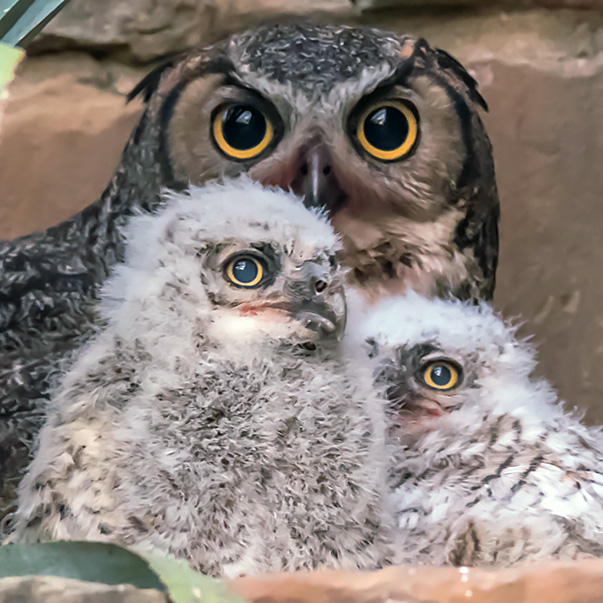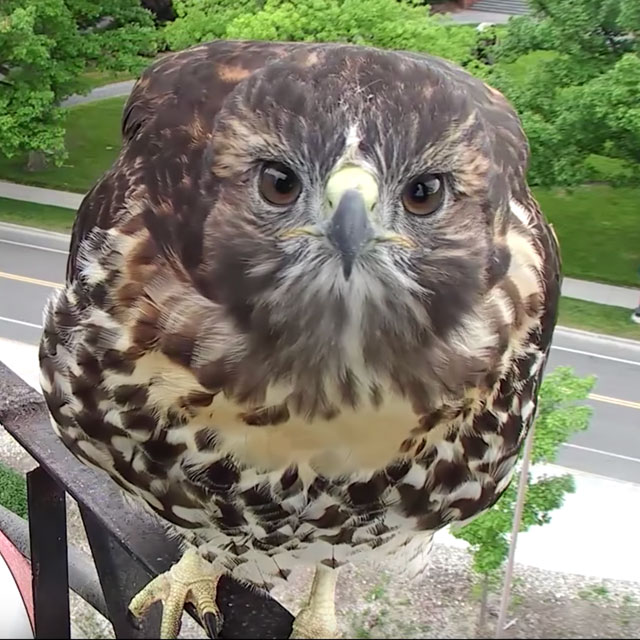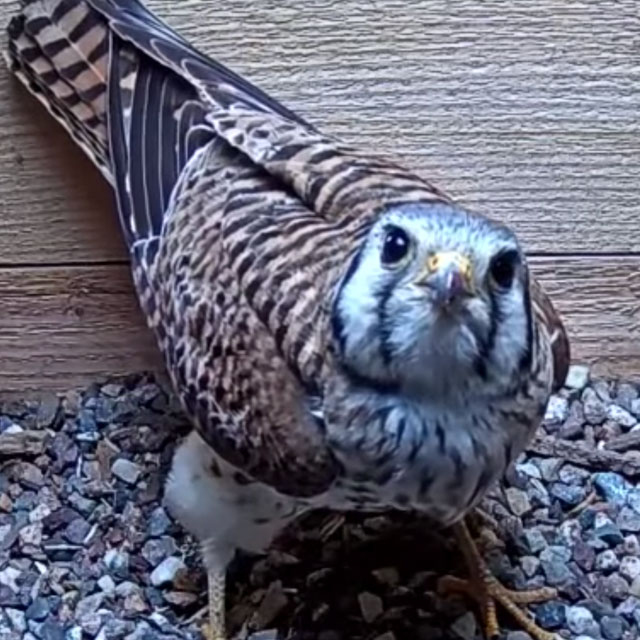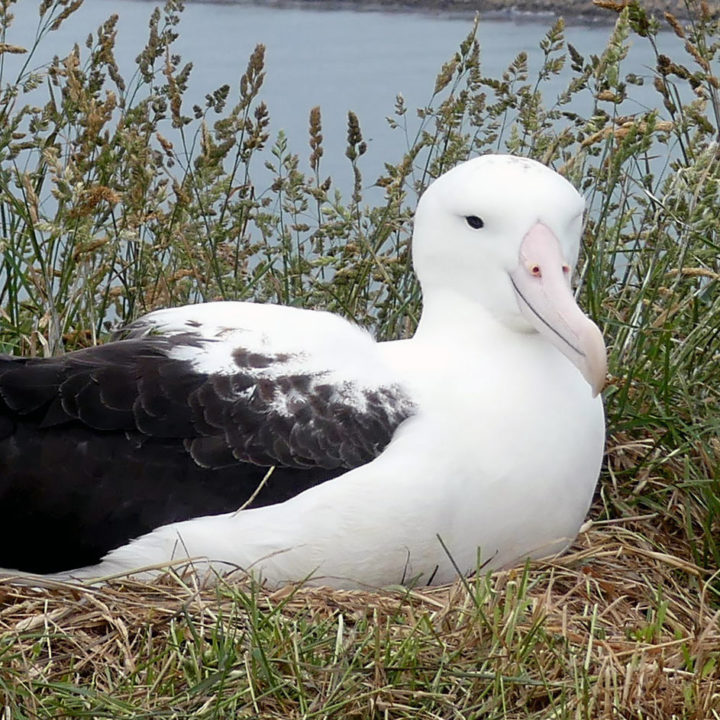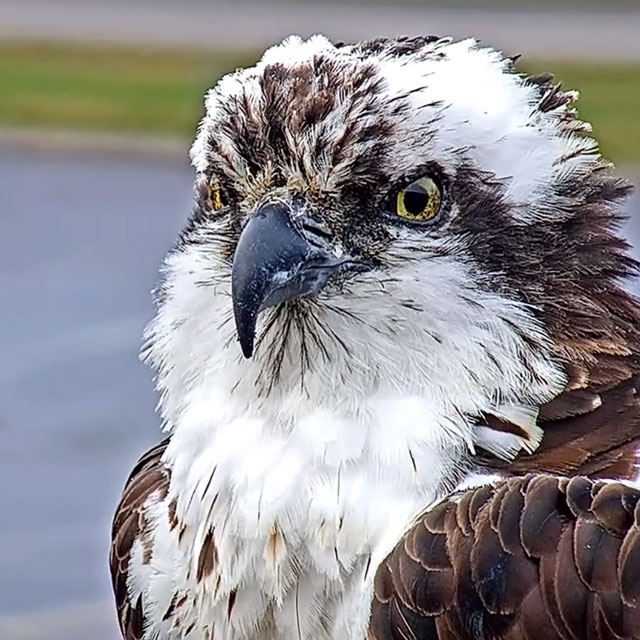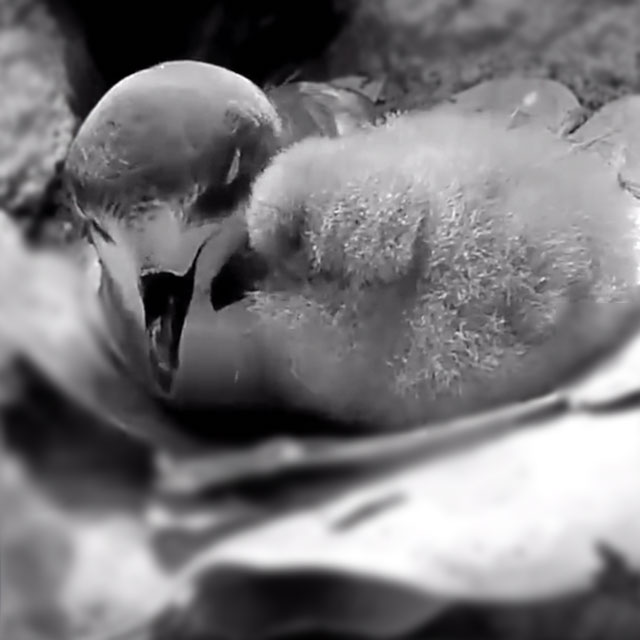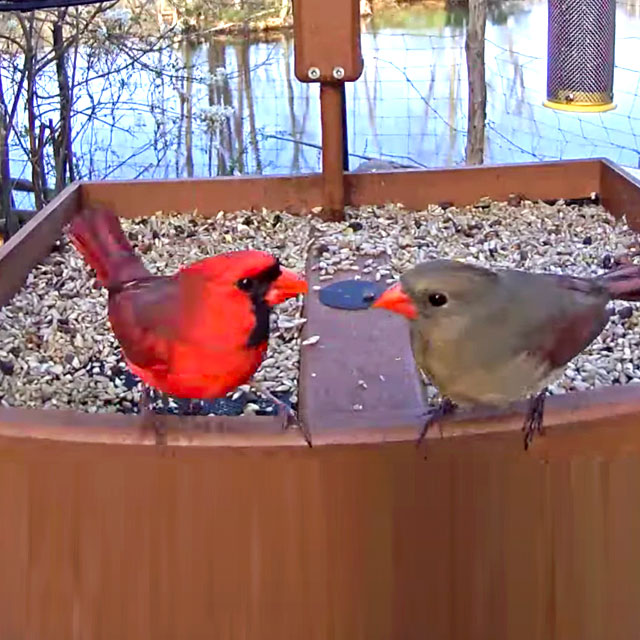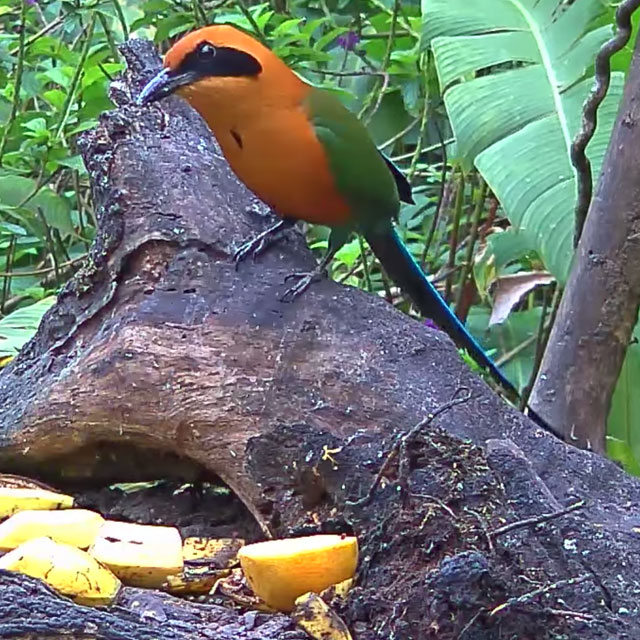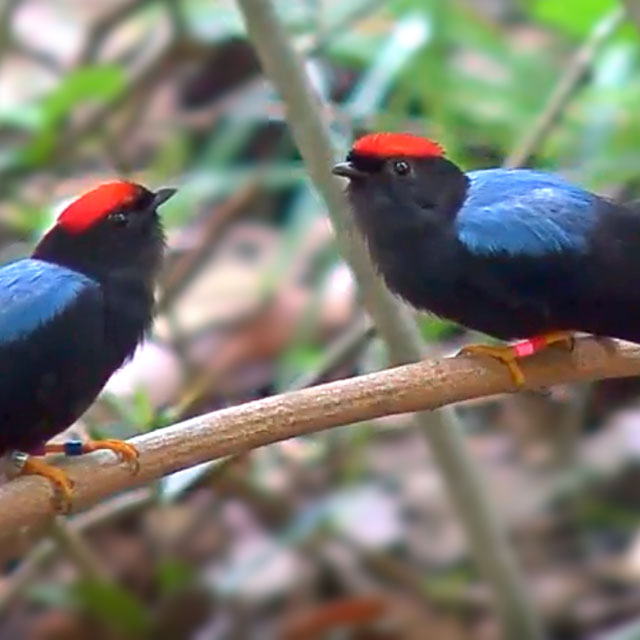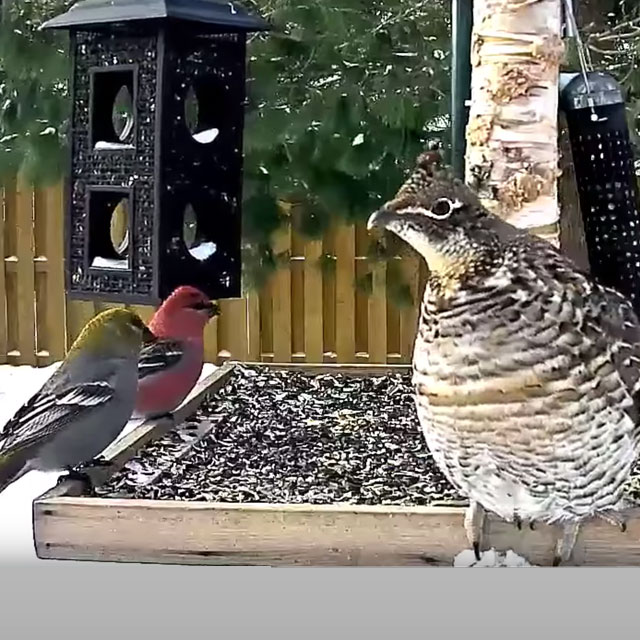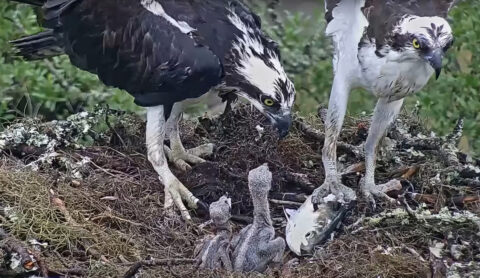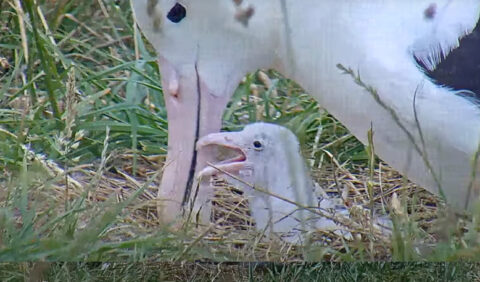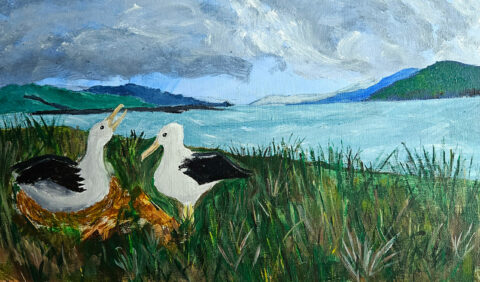Don't miss a thing!
Keep up-to-date on all the nesting news.
Video Highlights
-
Royal Albatross Chick Stretches Wings In a Stiff Breeze | April 26, 2024
-
Weigh Day for the #RoyalCam Albatross Chicks | April 22, 2024
-
Northern Royal Albatross Chicks Sit For Nice Close-Up Together In New Zealand – April 24, 2024
-
Male Royal Albatross Returns After Two-Week Foraging Trip To Feed Nestling | DOC | Cornell Lab
News
-
April 10, 2024 Most Watched Nest Cam Highlights From Bird Cams!
-
February 19, 2024 Daily Cam Updates Now Available On Mastodon
-
January 30, 2024 Northern Royal Albatross Chick Hatches At Top Flat Nest
-
January 26, 2024 Cam-inspired Creations Fill The Bird Cams Community Art Book
About the Site
The Northern Royal Albatross Cam, known since 2016 as the RoyalCam, is located on the windswept end of the Otago Peninsula, in the Taiaroa Head Nature Reserve. Taiaroa Head (or Pukekura) is world renowned as the only mainland colony of albatross in the Southern Hemisphere, and was an important site for Māori and (later) European settlers. With nearly 10,000 seabirds residing on Taiaroa Head, the wildlife viewing opportunities at this site are immense, but timing is everything. Some species are only present for part of the year, others are nocturnal with their land based activities; others, like the giant albatross, prefer certain weather where there is wind to soar.
About the Albatross
Thanks to the efforts of the New Zealand Department of Conservation, the Northern Royal Albatross nesting at Taiaroa Head have been banded, and their individual histories have been recorded through prior nesting seasons. The Royal Albatross cam has featured a different nesting pair each year since starting in the 2015/2016 season (click to read about past breeding seasons).
The 2022–23 season features male, GLY (named for his colored leg bands: Green, Lime, Yellow) and female, L (Lime). The fertile egg was laid on November 4, 2022.
About the Albatross Conservation Effort
The nesting area on the headland of the Otago Pensinsula’s Taiaroa Head is a ‘hot spot’ – a sheltered area where summer ground temperatures can reach more than 120 degrees Fahrenheit (50 degrees Celsius). These conditions aren’t ideal for a seabird that’s far better adapted to subantarctic conditions, but as the albatross have chosen this place, several strategies are used to increase the likelihood of breeding success.
In earlier times both adults and chicks could die from heat exhaustion. There is now a sprinkler system that sprays water over the nest to cool the birds on hot days.
Hot conditions during hatching is a major problem as adults will stand up to cool themselves, leaving the egg exposed to risk of fly strike. Albatross chicks can take 6 days to complete the hatch. Any fly eggs or live maggots laid in the egg during this period will often result in a dead chick.
Staff now use Avian Insect Liquidator on the young chicks and nest and hatch virtually all eggs in the incubators. This has reduced fly strike mortality to zero.
Predator traps for feral cats and mustelids are used for what is probably the longest running predator control program in New Zealand.
Providing supplementary food to chicks is important if a parent goes missing before the chick fledges. A chick may die of starvation otherwise as it takes two parents all their energy to raise one chick, and then they need a year off from breeding. Increasingly, chicks with both parents are being supplementary fed if for some reason the parents do not bring back enough food for them to survive the winter.
About the Team
Multiple groups are working to help increase awareness about the Northern Royal Albatross nesting at Taiaroa Head. New Zealand’s Department of Conservation utilizes a team of rangers that are involved in the hands-on, day-to-day efforts at the colony. In addition, the publicly-accessible Royal Albatross Centre (also located at Taiaroa Head) provides opportunities for visitors to view the wildlife and to learn more about the importance of conserving the thousands of seabirds nesting there.
About Cams
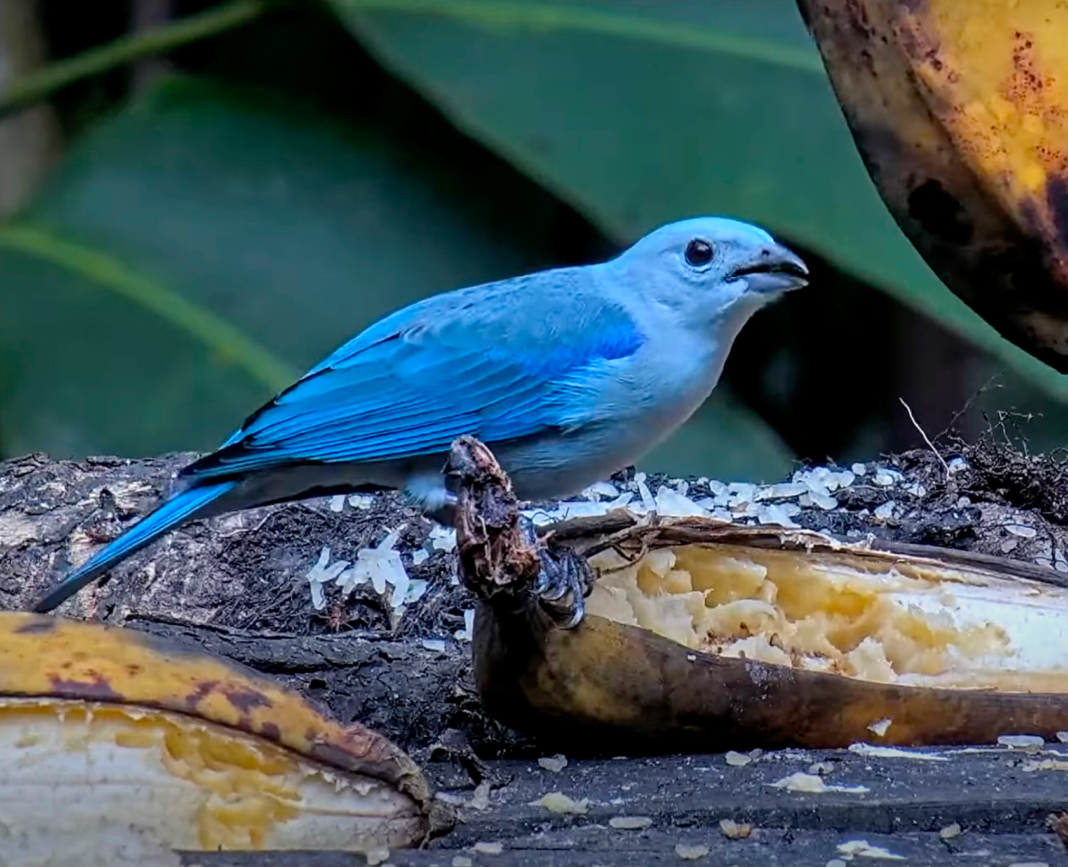
The Cornell Lab Bird Cams connects viewers worldwide to the diverse and intimate world of birds. We work to make watching an active experience, sparking awareness and inspiration that can lead to conservation, education, and engagement with birds.
Our viewers tell us that watching the cams is a life changing experience: an unprecedented learning experience that they liken to virtual field trips or field biology in their living room. We’re excited to continue sharing and learning with the community as we watch the world of birds together.

Bird Cams is a free resource
providing a virtual window into the natural world
of birds and funded by donors like you
Pileated Woodpecker by Lin McGrew / Macaulay Library
